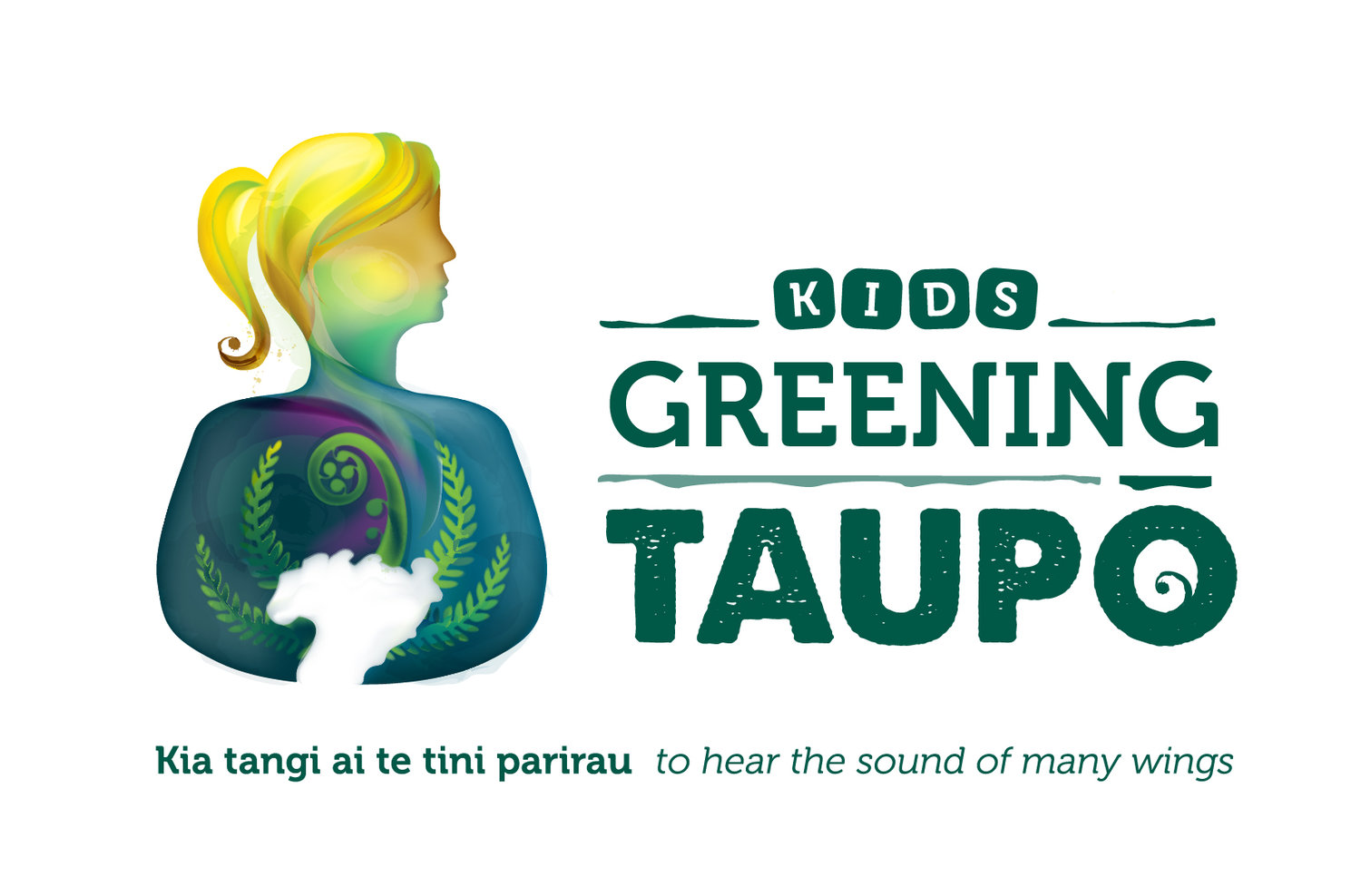Build a Bat Box
In Aotearoa our native bats live in a variety of places including hollows of old trees, under loose bark, in holes on rock walls, in epiphytes (plants growing off other trees), and in caves. These bat homes are called ‘roosts’. Often many female bats and their young will live together in these roosts.
Unfortunately, a lot of bat habitat is old, dying trees and they are often felled (cut down) as they can become unsafe to humans. This leads to habitat loss for Aotearoa’s pekapeka species.
In areas where there is where there has been habitat loss or where few roosts remain, native plants can be planted to regenerate local green spaces. Another option is to provide wooden bat boxes (but this isn’t a long-term fix). Learn how to make a bat box HERE.
Check out this of long tailed bats leaving a wooden bat box in Hamilton. How many bats can you count coming out of the box?
Native bats are present in some of our local forests, but little is known about their presence around residential/urban areas.
If bats are present it is important that our local green spaces are bat friendly. Trapping is extremely important to protect the native bats that we do have around, along with having suitable habitat and plenty of food. Learn more about the importance of bat friendly gardens HERE.
To learn lots more about our special pekapeka, to find other bat activities, a read aloud book, resources and videos, go to our Bat/Pekapeka Online Nature Classroom .
